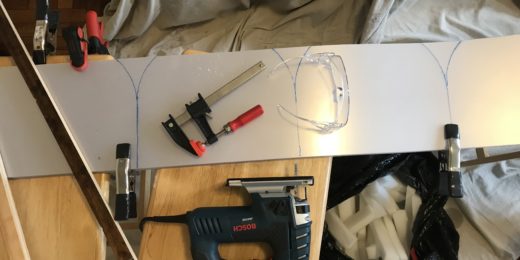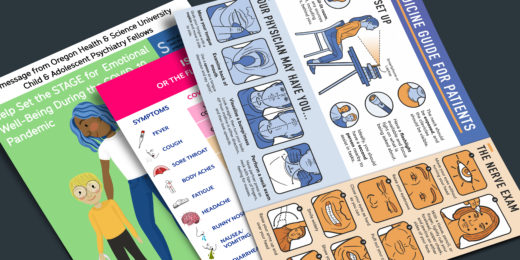As the COVID-19 pandemic descended on the Bay Area, Stanford primary care physicians and nurses started hearing a lot of questions from patients: When will a vaccine be available? Does staying six feet away from other people really protect me?
The clinicians had their own queries: How do we manage diabetic patients with mild COVID-19? What does it mean if a patient has antibodies?
"We all had a lot of questions, and we needed bite-sized answers we could use at the point of care," said Erika Schillinger, MD, a professor of primary care and population health.
The solution was to recruit medical and physician assistant students into creating a COVID-19 website in an FAQ format. Stanford Front Line Consult Service, available to clinicians at Stanford Health Care and its associated clinics, lists answers to more than 85 questions about symptoms, worker safety, news reports, clinical trials, epidemiology, vaccines and testing. New answers are added as clinicians submit questions.
The students, sidelined from clinical rotations during the pandemic, were eager to help their future colleagues care for patients.
"We were looking for ways to get involved and have an impact," said Tanvi Jayaraman, a second-year medical student who's part of a team of about 20 students who maintain the website. "At first I felt like, 'I'm just a student -- what do I have to contribute?' But with the FAQ, we can be a powerful workforce from home."
The website is geared toward primary care clinicians, who field a wide range of questions from patients about testing protocols, research into treatments, shelter-in-place guidelines and many other pandemic topics. It is not open to the public, though it may be in the future.
When clinicians submit new questions through the website, the students research medical journals and organizations such as the Centers for Disease Control and Prevention and the World Health Organization; within days they compose an answer, which their peers and a faculty member review for accuracy.
The students also update answers to previous questions as new research becomes available and policies change. It's a daily job that they take on in addition to their classes, which are now mostly virtual.
"Learning online can be isolating," Jayaraman said. "Having this project has kept me in touch with peers and mentors and given me a great sense of community."
Schillinger said that in addition to teaching the students invaluable lessons about research and information management, the project has also provided her and her colleagues with current information in a time when treatment recommendations and policy directives are quickly changing.
"These students are measurably contributing to the care of our patients and have shown they are valuable members of the care team," she said. "We've tapped into a great resource."
Image by Mohamed Hassan






